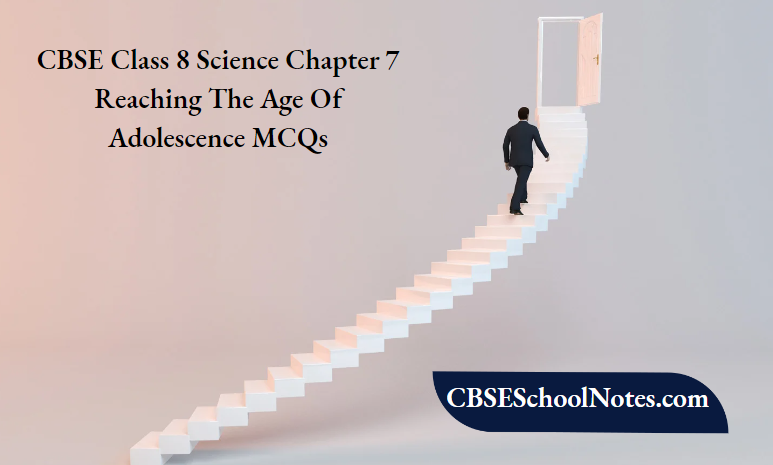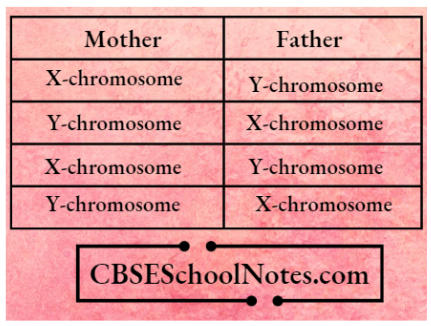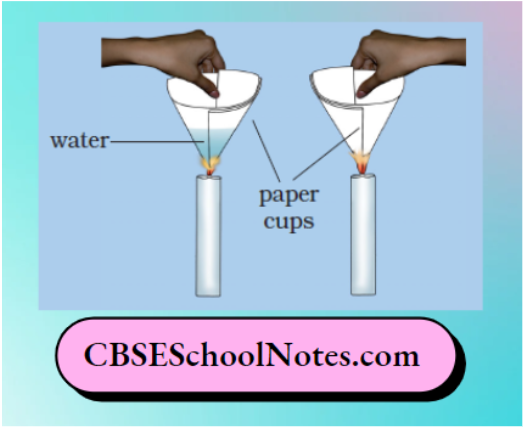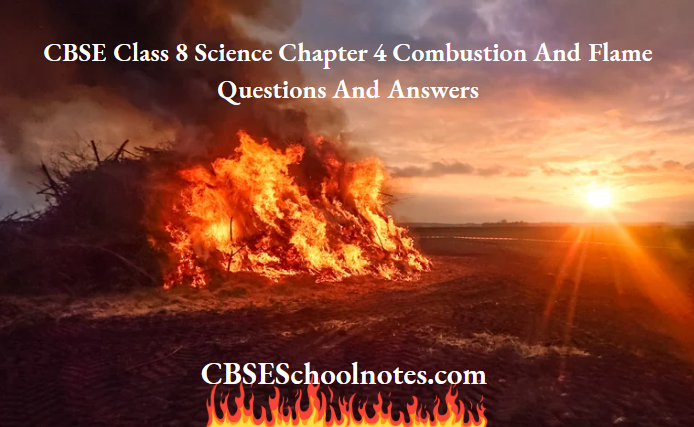Simple Magnetic Force Activity Using Paperclips For CBSE Class 8 Activity 1

Aim: To identify push or pull by observing the motion of objects.
Material Required: Pen and paper.
Read And Learn More CBSE Class 8 Science Activities
Procedure:
- Take a familiar situation of moving objects.
- Draw a table as shown below.
- Now, identify the action involved in each case and categorise it into push or pull.

Where To Find Class 8 Force And Pressure Lab Manual NCERT-Aligned Activity 2
Aim: To learn more about forces by exploring them.
Material Required: A heavy object like a table or box.
Procedure:
- Push the box by yourself.
- Now, ask your friend to help you in pushing it in the same direction. You will find that it is easier to move than before.
- Now, ask your friend to push it from the opposite side. You will find that the box moves in the direction where the stronger push is applied.
- Note the direction of motion in each case

Conclusion: When force is applied in the same direction, then the movement of the box increases, and when forces are applied from the opposite direction, the box moves slowly.
Common Viva Questions On Pressure Activities Class 8 Activity 3
Aim: To show that when a force is applied to an object at rest, it begins to move.
Material Required: A rubber ball and a table.

Procedure:
- Place the rubber ball on the level surface of the table.
- Push the ball very slowly along the level surface.
- The ball will start moving, push the moving ball in the direction of its motion. You will observe that the speed of the moving ball increases.
- Now, place your palm in front of the moving ball.
- Remove your palm as soon as the ball touches it.
- You will observe that the speed of the moving ball decreases.
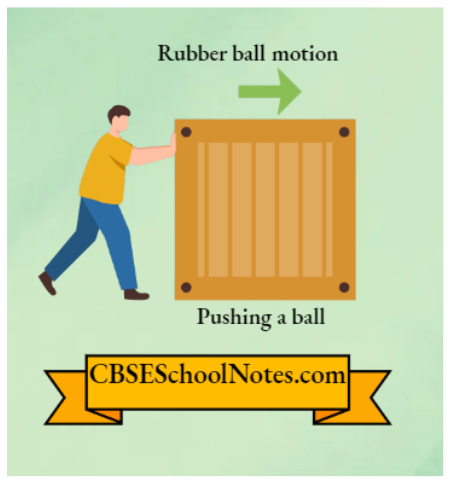
Conclusion: Force can increase or decrease the speed of the object.
Common Viva Questions On Pressure Activities Class 8 Activity 4
Aim: To determine whether force can change the direction. Material Required: A ruler and a ball.
Procedure:
- Place the ball on a level surface and push it.
- Now, place a ruler in its path as shown in the figure

Note the motion of the ball when it strikes the ruler.
Repeat the activity by placing the ruler at different angles.
How To Calculate Force And Pressure In Class 8 Activities Activity 5
Aim: To study the effect of force on objects.
Material Required: Pen and paper.
Procedure:
- List some phenomena as mentioned in the table.
- Now, categorise them by observing the action of force.

Class 8 Science Chapter 8 Force And Pressure Activity 6
Aim: To study the type of force applied by the magnet.
Material Required: A pair of bar magnets and 3 round-shaped pencils.
Procedure:
- Place the longer side of a magnet on the 3 rounded shape pencil as shown in the figure.
- Now, bring one end of the other magnet near the end of the magnet placed on the pencil.
- Do not touch the ends of a magnet, then observe the motion of the magnet.
- Now, bring the other end ofthe magnet near the same end of the magnet placed on the pencil.
- Again, observe the motion of the magnet.

Class 8 Science Chapter 8 Force And Pressure Activity 7
Aim: To identify the type of force (contact or non-contact) applied by electrically charged objects.
Material Required: A table, a long thread, a straw, and scissors.
Procedure:
- Cut the plastic straw into nearly two equal pieces.
- Suspend one of the pieces from the edge of the table with the help of a thread.
- Now, take the other piece of straw and rub it with a sheet or paper.
- Bring the rubbed end of the straw near the suspended straw.
- Observe the movement in suspended straw. You will find that it will attract towards it.
- Now, rub the free end of the suspended straw with the paper.
- Again, bring the straw that was earlier rubbed with the paper.
- Again, observe the motion of the suspended straw. You will find that it will repel each other.

Conclusion: Electrostatic force is a non-contact force.
Class 8 Science Chapter 8 Force And Pressure Activity 8
Aim: To demonstrate that liquid exerts pressure at the bottom of its container.
Material required: A transparent plastic pipe of length 25 cm and diameter about 5-7.5 cm, a balloon, and water.
Procedure:
- Fix the rubber balloon at one end of the pipe.
- Now, hold the pipe in a vertical position and ask your friend to pour some water into the pipe.
- Note the height of the water column and the change in shape of the balloon.
- Now, pour some more water and note the increase in the balloon.
- Repeat the same process 2-3 times and try to find the relation between the bulge and the height of the water column.

Conclusion
- A liquid exerts pressure at the bottom of its container.
- The pressure exerted by a liquid depends on the height of the liquid column
Class 8 Science Chapter 8 Force And Pressure Activity 9
Aim: To demonstrate that the liquid exerts pressure on the walls of its container.
Material Required: A plastic bottle, a cylindrical glass tube of a few cm long, a balloon, and water.
Procedure:
- Make a hole near the bottom of the bottle.
- Fix the tube into the hole and attach a balloon (fixed tightly) on the other end of the tube. See the figure.
- Now, fill the bottle upto half with water and note the bulge of the balloon.
- Add some more water and again observe the change in the bulge.

Conclusion: From this activity, we can also conclude that
A liquid exerts pressure on the walls of its container.
The pressure exerted by the liquid on the walls of its container depends on the height liquid level from the bottom.
Class 8 Science Chapter 8 Force And Pressure Activity 10
Aim: To demonstrate that liquid exerts equal pressure at the same depth.
Material required: Empty plastic bottle and water.
Procedure:
- Drill four holes all around near the bottom of the bottle.
- Make sure the holes are at the same height from the bottom.
- Pour the water into the bottle and measure the distance where the water jet falls from the bottle. You will find that the different streams of water coming out of the holes fall at the same distance from the bottle.

Conclusion Liquid: Exert equal pressure if they are at the same depth.
Class 8 Science Chapter 8 Force And Pressure Activity 11
Aim: To show the effect of pressure due to air.
Material Required: A rubber sucker.
Procedure:
- Hold a good Quality of rubber sucker.
- Try to press it on a flat, smooth surface, so most of the air between its cup and the surface escapes out.
- We will notice that the sucker sticks to the surface.
- Now, try to pull the sucker off the surface, you will find little hard to pull it off.
- To pull the sucker off the surface, the applied force should be large enough to overcome the atmospheric pressure.
Conclusion: We have concluded that the sucher sticks to the surface because the pressure of the atmosphere acts on it.




